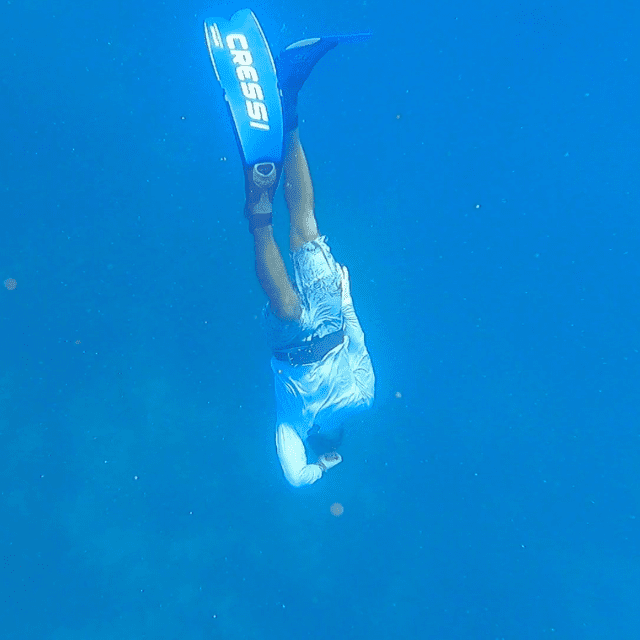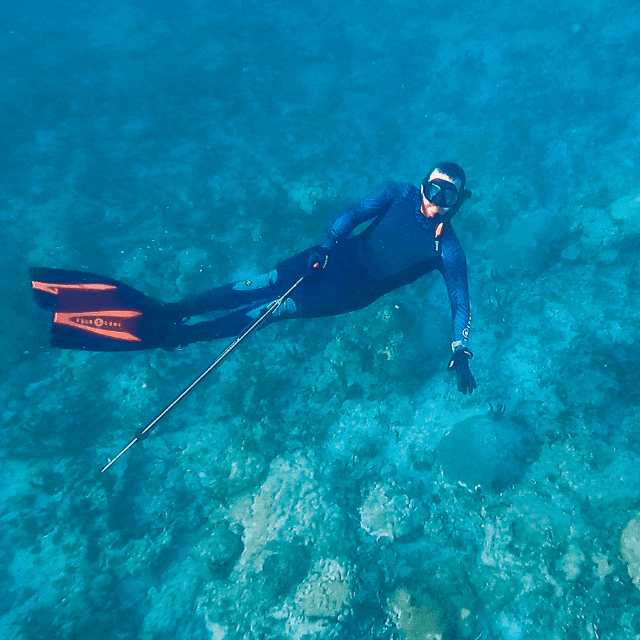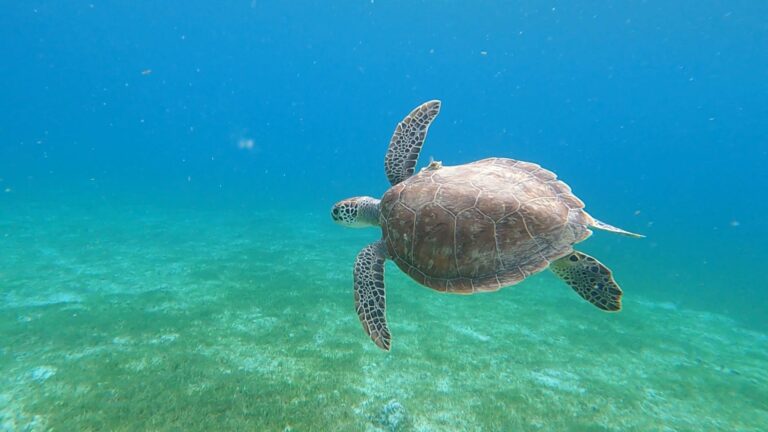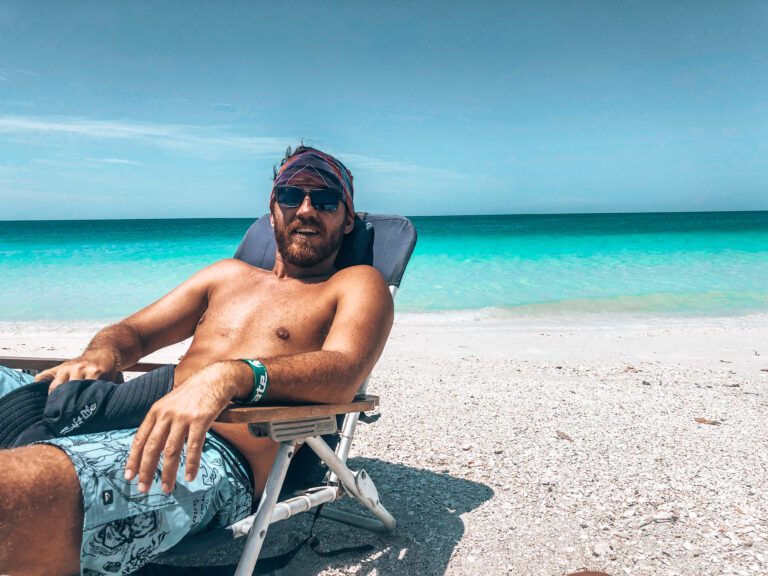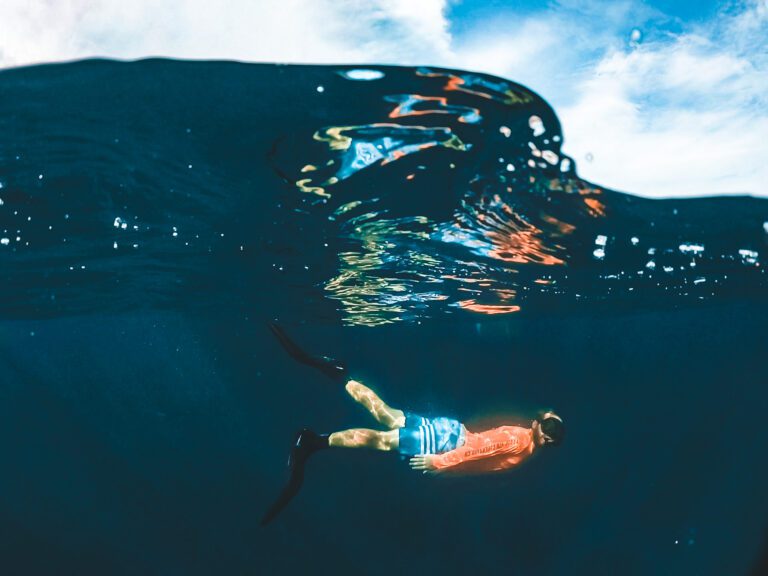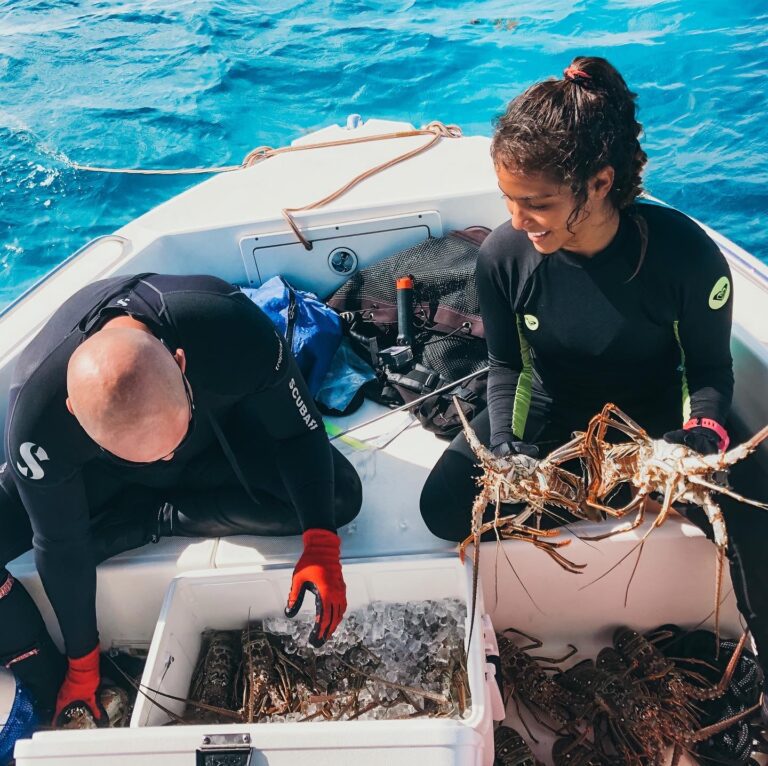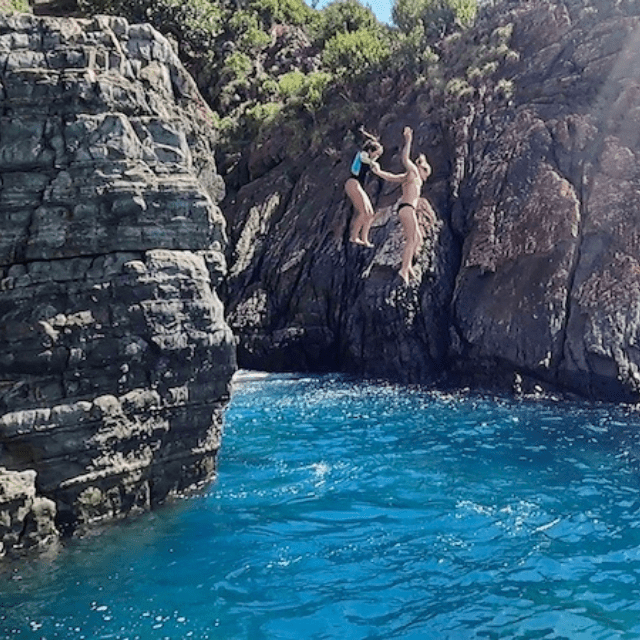11 Important Safety Tips in Freediving
Discover how to enjoy freediving while minimizing risks and staying safe underwater with these 11 essential safety tips in freediving!
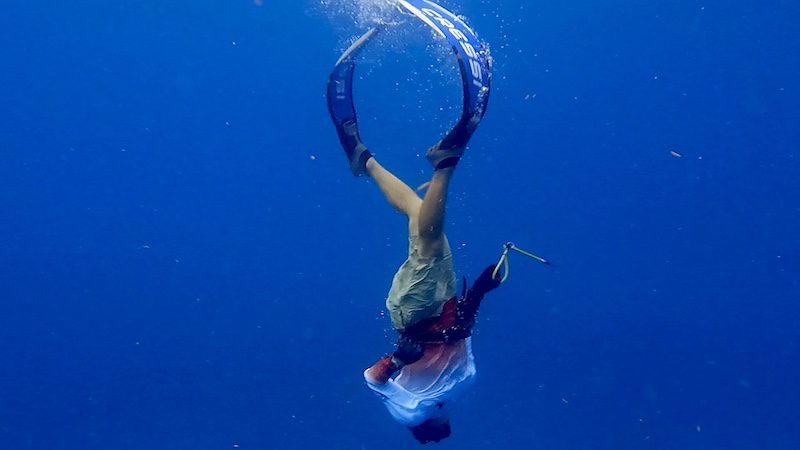
Freediving is a thrilling and challenging sport that requires focus, discipline, and the ability to hold your breath for extended periods of time. As with any adventure sport, safety is a top priority for freedivers, and it’s important to understand the risks involved and how to mitigate them.
Whether you’re an experienced freediver or a beginner just getting started, these 11 essential safety tips in freediving will help you stay safe and enjoy the beauty of the underwater world.
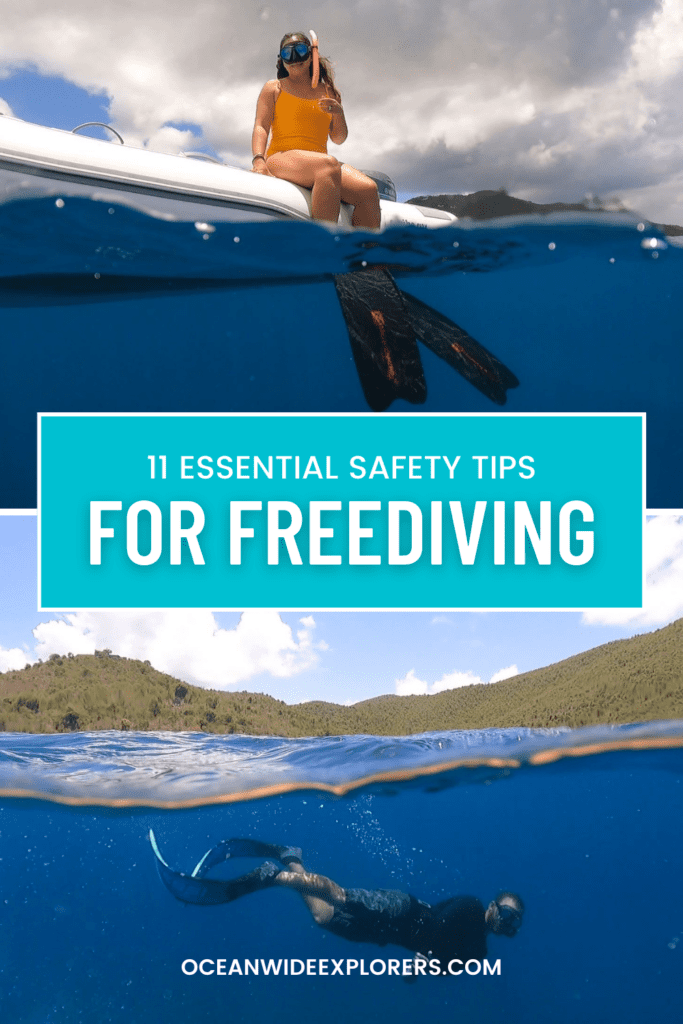
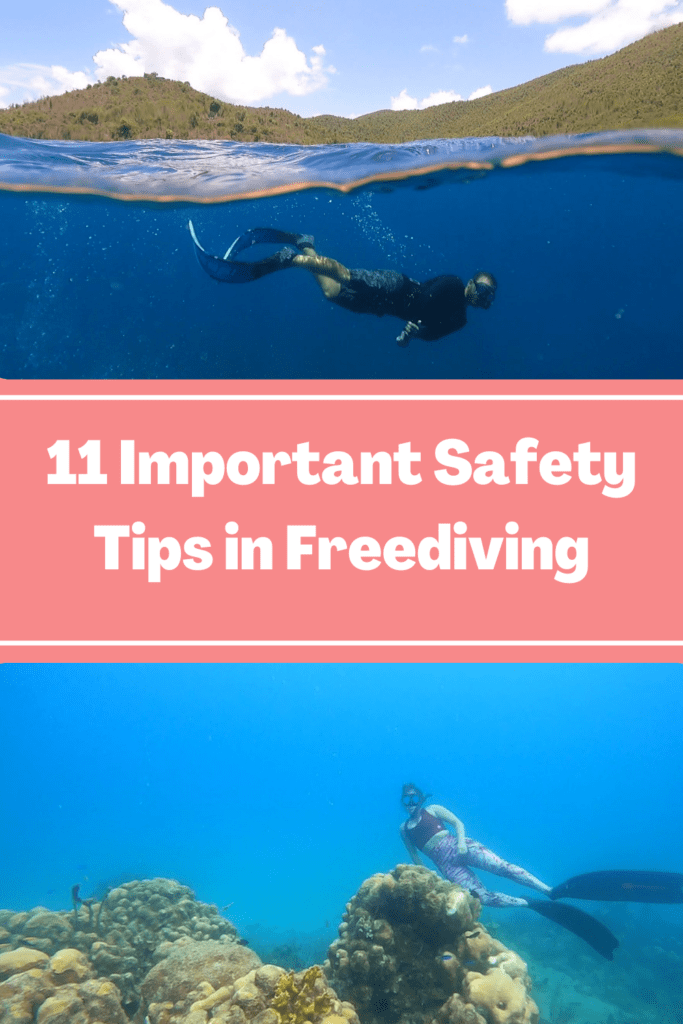
Freediving Safety Procedures
Freediving can be a transformative experience that allows you to explore the ocean’s depths and uniquely connect with marine life. However, it’s important to remember that the sport can be dangerous, and even experienced divers are not immune to accidents. By following these safety tips, you can minimize risks and maximize your enjoyment of this incredible sport.
1. Always Dive With a Buddy
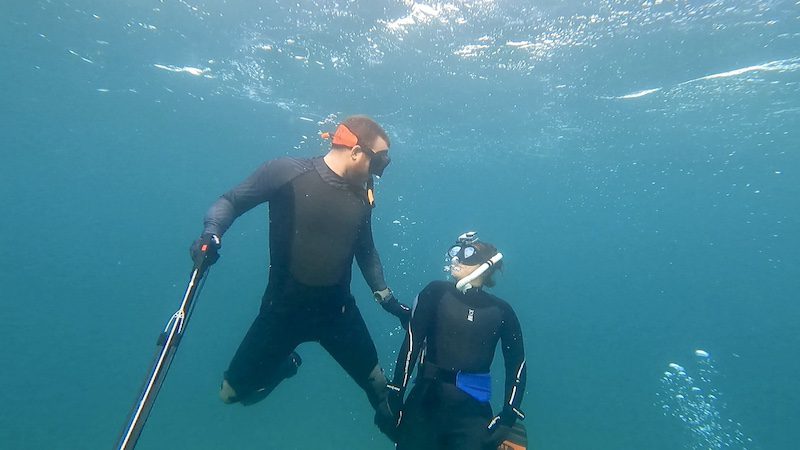
No matter the place, conditions, or situation, you should NEVER freedive without a buddy. It’s a surefire way for something to go wrong! No matter how experienced you are or confident of your surroundings.
2. One Up, One Down
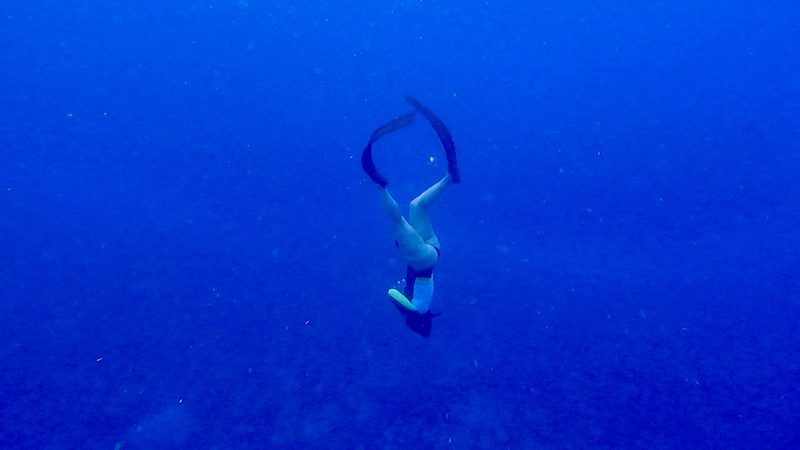
This is a common rule in freediving, and for a good reason. It ensures that someone at the surface always watches for signs of distress from the diver below. You are your buddy’s safety diver, and your buddy is your safety diver.
3. Exchange OK Signals
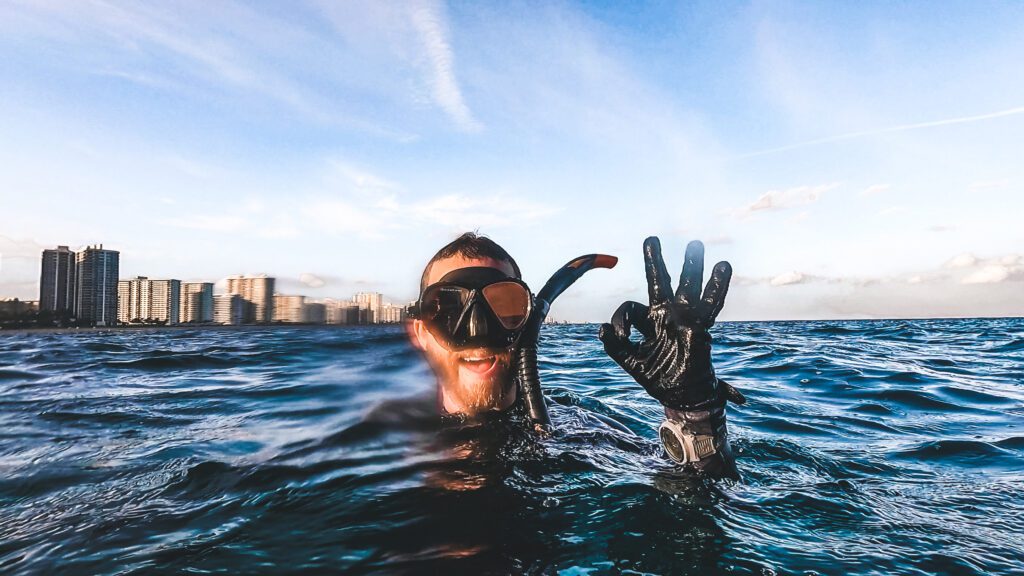
Communication is key in freediving, and exchanging okay signals after surfacing is important to communicate your condition to your buddy. Typically, the diver will give the okay sign after you’ve surfaced and taken a couple of recovery breaths. Anything other than a confident, firm signal may indicate a problem.
4. Watch after surfacing
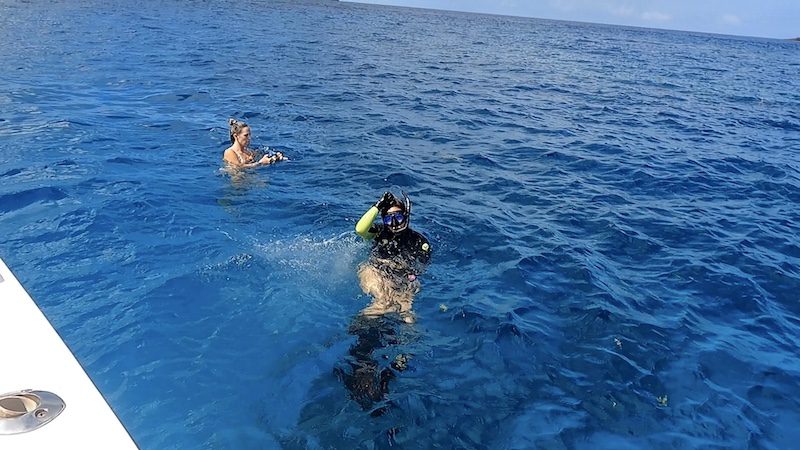
Even if your buddy gives an okay signal, watching them for at least 30 seconds after they come to the surface is important. Sometimes, signs of distress can be subtle before the lungs fully absorb enough fresh oxygen to circulate around the brain and body. Because of this, blackouts frequently occur at the surface well after the diver has surfaced.
5. Establish desired time and depth
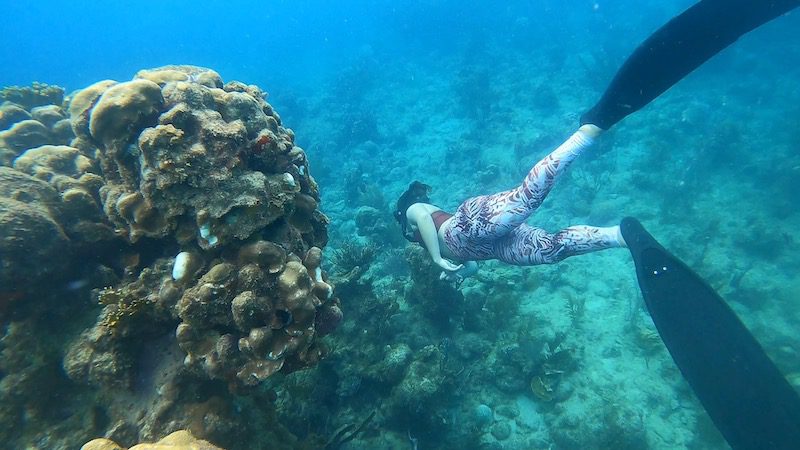
Before diving, it’s important to establish a plan for your dives. Decide on a desired time and depth, and stick to it. This can help you avoid pushing your limits too far and reduce the risk of injury. But most importantly, your buddy at the surface will know when to expect you, and if you don’t return, they’ll understand something has gone wrong.
6. Maintain proper form
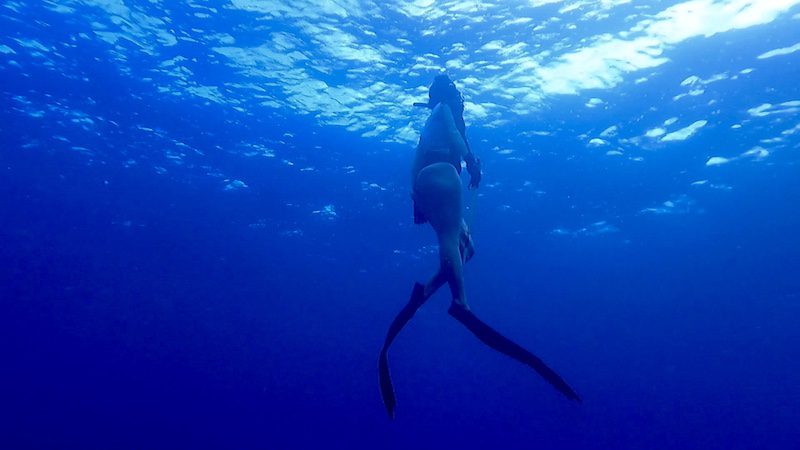
A tell-tale sign of distress is improper freediving form. Flailing arms, excessive exhales, and improper head position indicate something wrong with a surfacing freediver. If you’re a safety diver, be on the lookout for any of these signs from your buddy.
7. Never surface alone
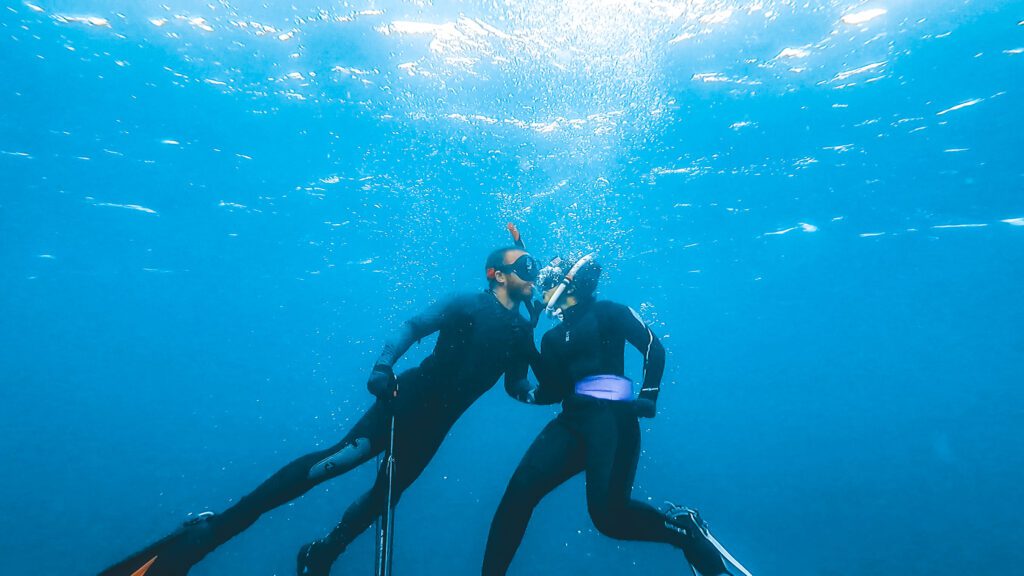
Although less likely than blackouts at the surface, shallow water blackouts in the final 15 feet are common. That’s why having the safety diver meet you at a predetermined depth is important – most often 15 feet. From there, the safety “escorts” the diver to the surface safely!
8. Freedive with a group
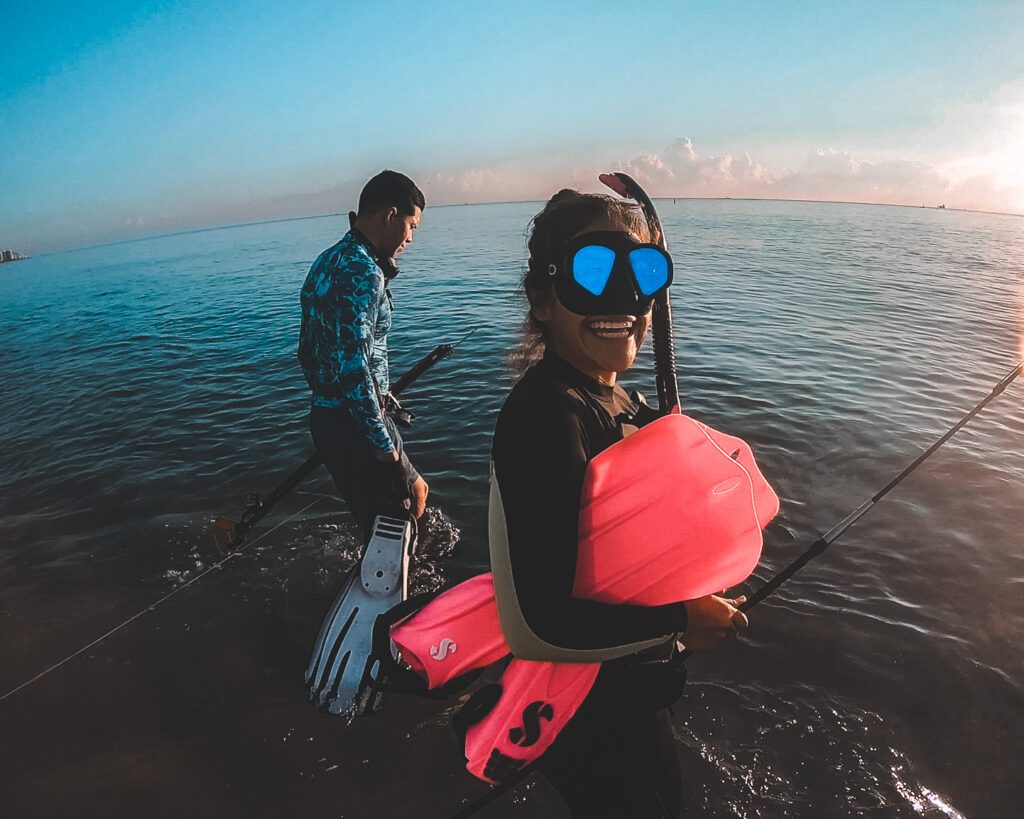
The more, the merrier. Literally. Yes, you should always dive with at least one buddy. But if you’re able, you should freedive with multiple buddies! Not only is it safer, but it enables you to maximize your time on the water fully. More people means more safety divers, and efficient rotations can easily be established for more and safer diving!
9. Watch for Signs and Symptoms of Near Blackout
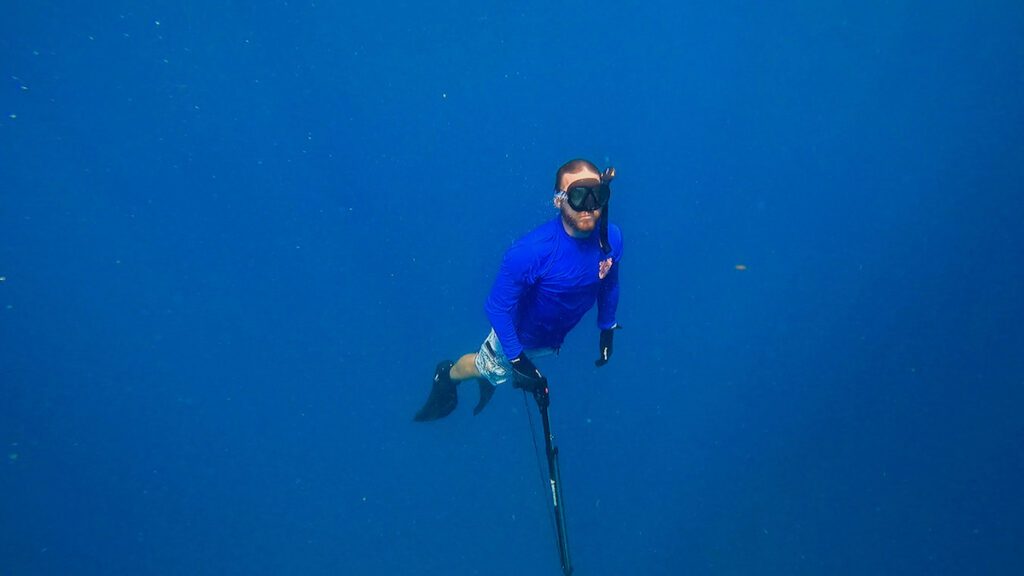
Shallow water blackout is a serious risk in freediving, and it’s important to watch for signs and symptoms of a near blackout, such as diver confusion, emotional instability, blueness of the lips or eyes, or loss of motor control. If you or your buddy experience these symptoms, seeking medical attention immediately is vital.
10. Have proper lifesaving training
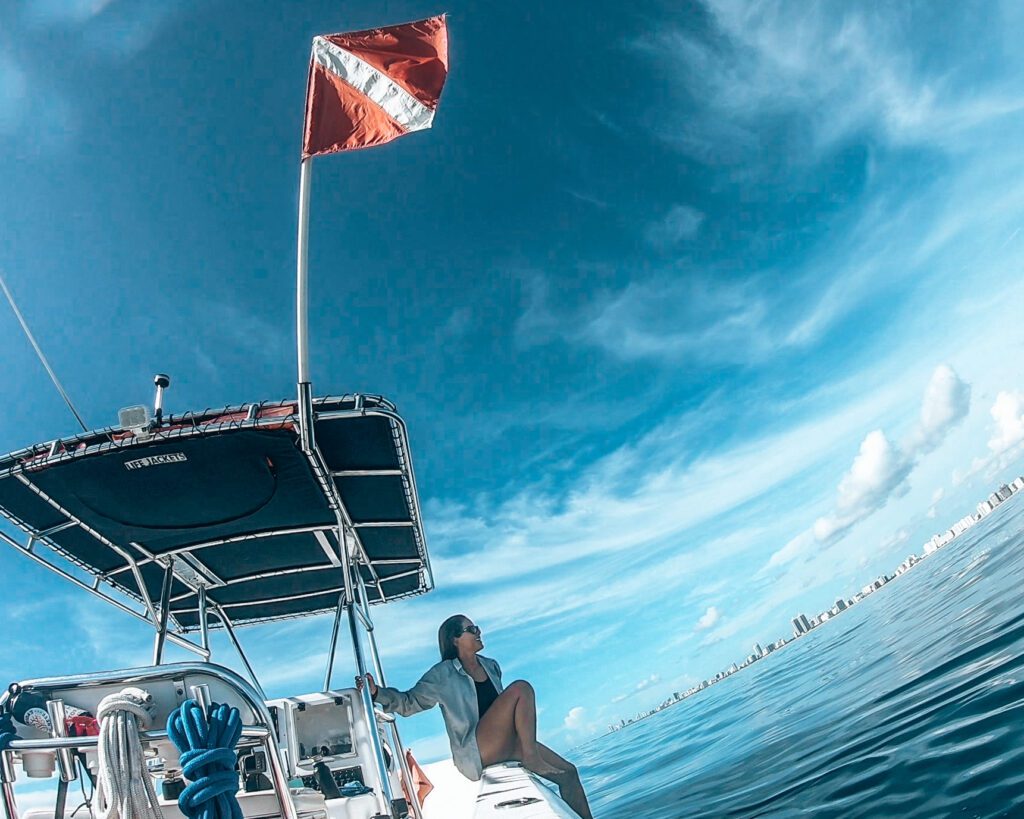
Even with all the precautions in place, accidents can still happen. Having proper lifesaving training, such as CPR and rescue techniques, can help you respond quickly and effectively in case of an emergency.
11. Use a float and flag
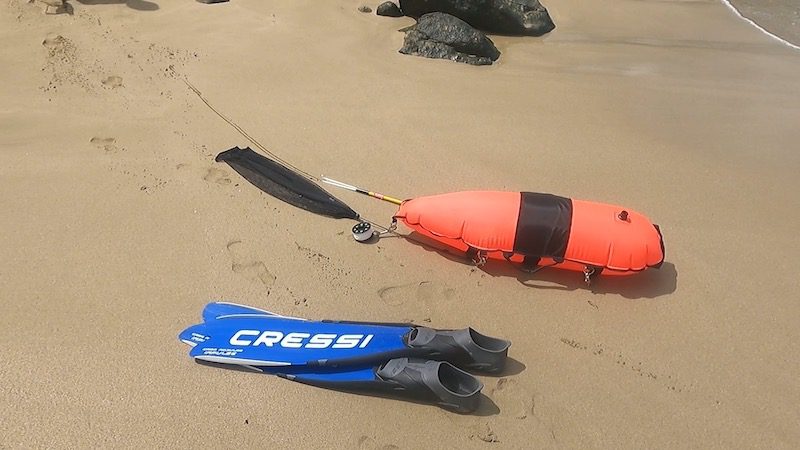
Using a float and flag is an important way to mark your location in the water and increase visibility to other boaters. This is especially important in areas with high boat traffic, where divers can be difficult to see.
Important Safety Tips in Freediving: Debrief
With the right preparation and mindset, freediving can be a safe and rewarding way to explore the underwater world. By following these essential safety tips, you can minimize risks and stay focused on the incredible experiences that await you beneath the surface.
Remember to always dive with a buddy, establish a plan for your dives, and watch for signs of distress, so you can enjoy the thrill of freediving with confidence and peace of mind!
Happy diving!
Enjoy this Post? Pin it!


Check out our Freediving Adventures on Youtube!
Read More About Freediving!
We hope you enjoyed our post about safety tips in freediving. Hopefully, you’ll find it useful on your next adventure! Here are a few more ocean-loving articles we think you should read next:
- 11 Important Safety Tips in Freediving
- The Best Places to Visit by Boat on the Northside of St. Thomas
- Exploring Santa Maria Bay, St. Thomas (Snorkeling, Freediving, + Hiking)
- A Day at Brewers Bay (Tips for Snorkeling, Freediving, and Paddling!)
What other important safety tips in freediving did we miss? Let us know in a comment below!

